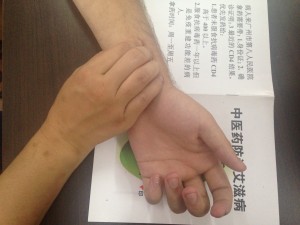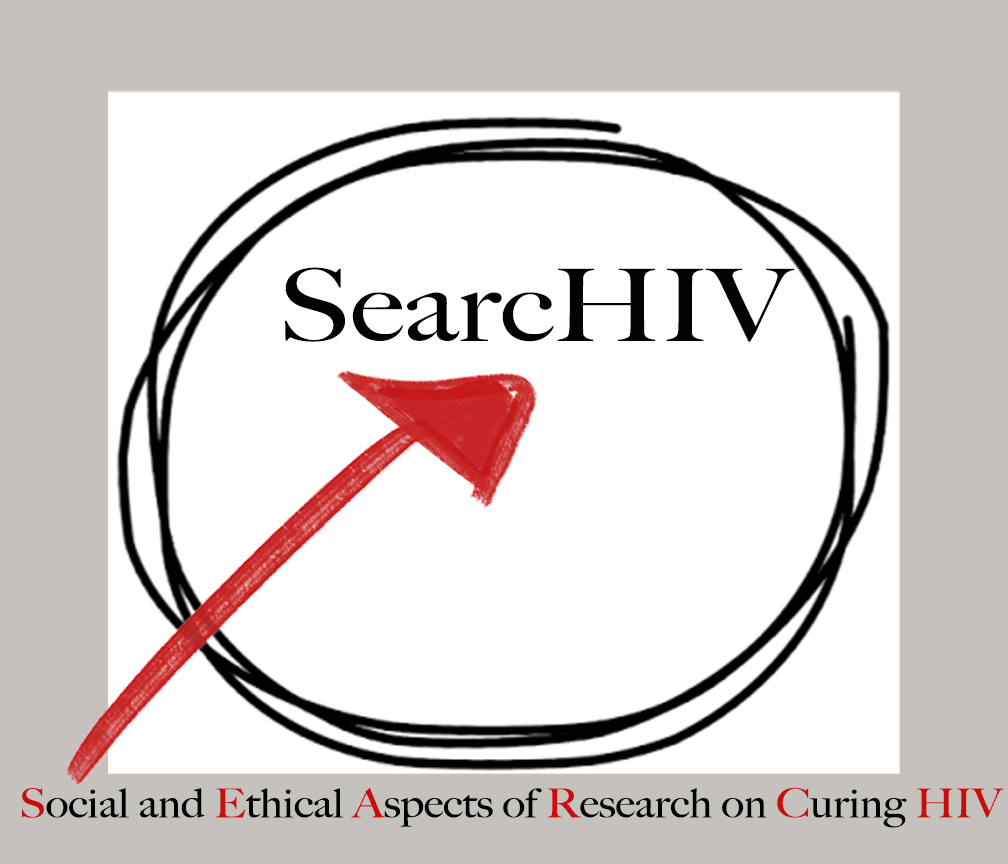By Qingyan Ma

The Naming
The term Traditional Chinese Medicine (TCM) is not commonly used in China but rather is primarily used in deference to English-language scholarly convention (White 1999). As a matter of fact, Chinese medicine or zhongyi (中医) is the term widely applied in China to describe the medicine vis-à-vis western medicine (WM) (西医) or biomedicine. The origin of Chinese medicine is complicated and diversified. The widely accepted notion is that the appearance of Yellow Emperor’s Inner Canon (黄帝内经) in Han Dynasty (206 B.C to 220 AD) signalled the formal start of TCM. The main goal of treatment in Chinese medicine is to achieve harmony between one’s body and the universe and to restore balance of yin and yang.
Before China’s colonial encounter with European countries in the late 19th century, “Chinese medicine” did not exist as a name or practice (Karchmer 2004). It was not until the late 19th century that European medical practices came to China on a massive scale along with the colonial power, and these European medical practices were eventually named Wstern medicine. From then on, Chinese medicine, which was actually a synthesis of a variety of medical practices in China according to different regions, lineages or even ethnicities (Sivin 1987), gradually gained its name Chinese medicine. In this piece, I am using traditional Chinese medicine (TCM) and Chinese medicine as interchangeable terms.
The Transformation
Around the demise of the Qing Dynasty (1911), Western thoughts, technology and science swept into China. During the May Fourth Movement (五四运动), democracy and science, covertly referred to as Mr. D (德先生) and Mr. S (赛先生) respectively came to China and were considered advanced and scientifically based. On the other hand, Chinese medicine was considered backward, as it had no scientific proof. As a result, before the founding of People’s Republic of China (P. R. China), the influence of Chinese medicine was declining, and Western medicine (WM) began to achieve its dominance in China. Some senior doctors of TCM (名老中医) were concerned that Chinese medicine was on the verge of survival at that time.
The status of TCM has changed greatly since Chairman Mao brought up the direction that claimed Chinese medicine as “the great treasure house” of China in the 1950s. Mao’s proclamation was in part as a result of the boycott imposed by the international community (with the exception of Soviet Union and other communist countries) on the newly established P. R. China. Medicine and technology was in shortage and Mao looked to TCM as a way of self-reliance. In Mao’s vision, TCM’s herb-based remedy is readily available and cheaper than WM. Since then, Chinese medicine has regained official recognition and become integrated into the healthcare system.
Numerous textbooks, journals and newspapers of Chinese medicine have been published since 1950s. The State Administration of Traditional Chinese Medicine was established under the Ministry of Health in 1988. The most evident change was the founding of medical colleges and hospitals of TCM as counterparts to WM colleges and hospitals. This model of medical education, training and practice totally transformed TCM from an individual apprenticeship education and practice in small scale clinics to large scale medical education and hospital practice, which paralleled Western medicine practice and education in China. Under Mao’s direction, TCM returned to thriving in a different sense.
The System
In P. R. China, the proposal of “syndrome differentiation and therapy determination” (辨证论治) provides contemporary TCM the methodology that can compete with WM (Farquhar 1994). However, TCM in China is rarely practiced alone. TCM often forms a hybridity with WM to become what is called “the integrated Chinese medicine and Western medicine” (中西医结合). In this integrated medicine, whether TCM or WM take the dominance is very complicated depending on the experience of the TCM doctor and the particular case of patients. Based on his fieldwork of TCM in Beijing in the 1990s, Karchmer argues that this hybridity of two kinds of medicine is in fact dual diagnosis and dual prescription (Karchmer 2004). In addition, the medical education in TCM medical colleges is dual education of both Chinese medicine and Western medicine. In contrast, in the Western medical college[1] , in addition to regular medical training, TCM is just a course to take.
HIV Cure
Since the earliest TCM treatment of HIV/ AIDS started in Guang’anmen Hospital of China Academy of Chinese Medicine Science in Beijing in 1987, the Chinese government has regarded TCM as an integral part of treating HIV/AIDS and expect to find a Chinese way of fighting HIV/AIDS. Numerous state funded programs, research centers, and clinical trial facilities of TCM are all over China. “A network of TCM treating AIDS” (Wei 2010: 173) is forming. The state also provides free TCM medication to patients. Following the guideline of integrated TCM and WM, the main contribution of TCM to HIV/AIDS is helping patients restore immunity, lower side effect of HAART and increase the level of drug adherence (Wei 2010). In the face of impending HIV cure, the Chinese government will undoubtedly continue to support the TCM research on HIV/AIDS. The social implication of HIV cure and the contribution of TCM awaits further exploration.
References:
Farquhar, J., 1994. Knowing Practice: The Clinical Encounter of Chinese Medicine. Boulder: Westview Press.
Karchmer, Eric. 2004. Orientalizing the Body: Postcolonial Transformations in Chinese Medicine. Doctoral Dissertation of University of North Carolina at Chapel Hill.
Sivin, Nathan, 1987. Traditional Medicine in Contemporary China: A Partial Translation oRevised Outline of Chinese Medicine (1972) with an Introductory Study on Change in Present Day and Early Medicine. Ann Arbor: University of Michigan Center for Chinese Studies. pp: 21-22.
Wei, Jianan. 2010. Making Full Use of Superiority of TCM to cope with challenge of HIV/AIDS. Global Traditional Chinese Meidcine. May 2010. Vol 3. No. 3 pp172-176.
White, Sydney. 1999. Deciphering “integrated Chinese Medicine and Western Medicine” in rural Lijiang basin: state policy and local practice(s) in socialist China. In Social Science & Medicine (49): 1333-1347


One Response to “A Sociocultural Reading of Traditional Chinese Medicine (TCM) in China and HIV Cure”
A TCM Cure for Malaria, a Nobel Prize, and an HIV Cure
[…] http://searchiv.web.unc.edu/2015/01/23/traditional-chinese-medicine-hiv-cure/ […]